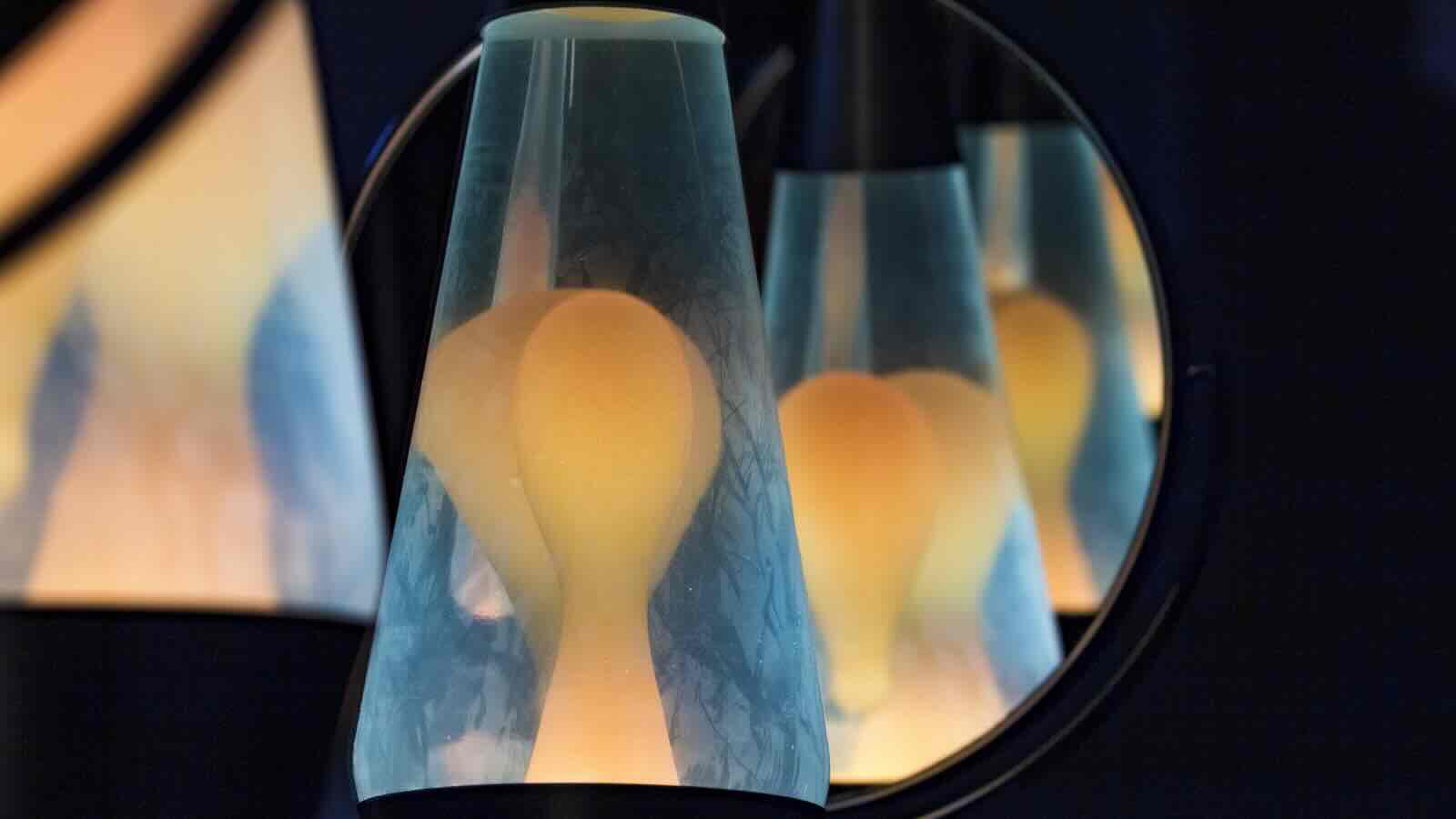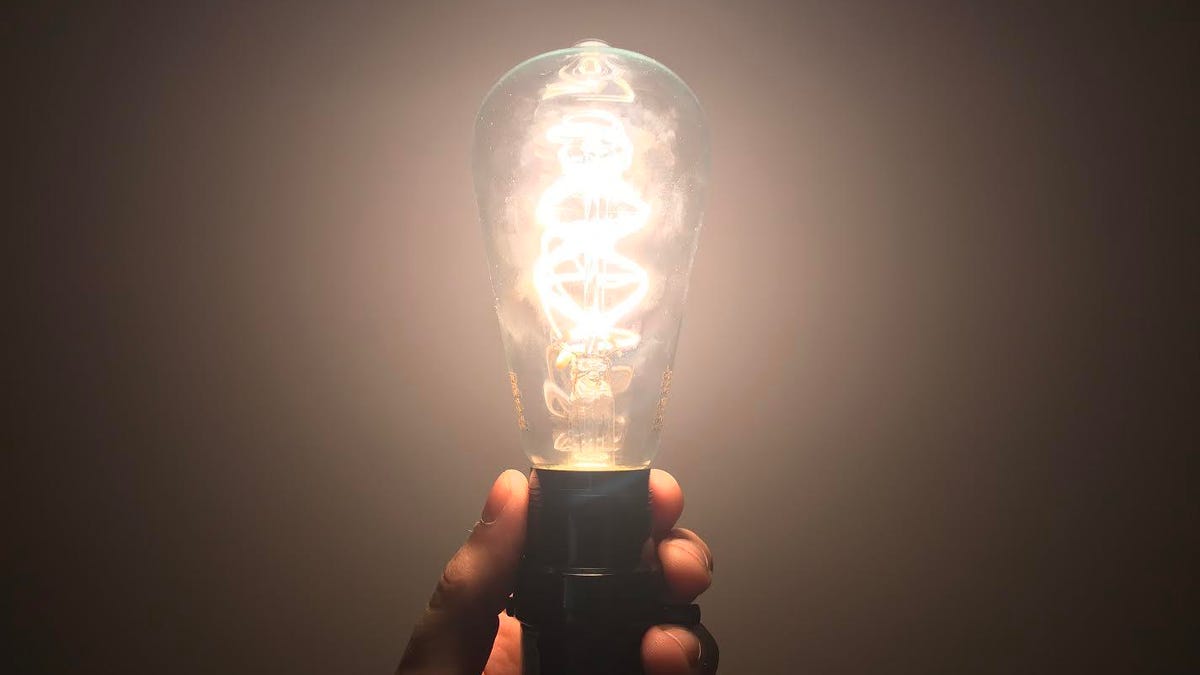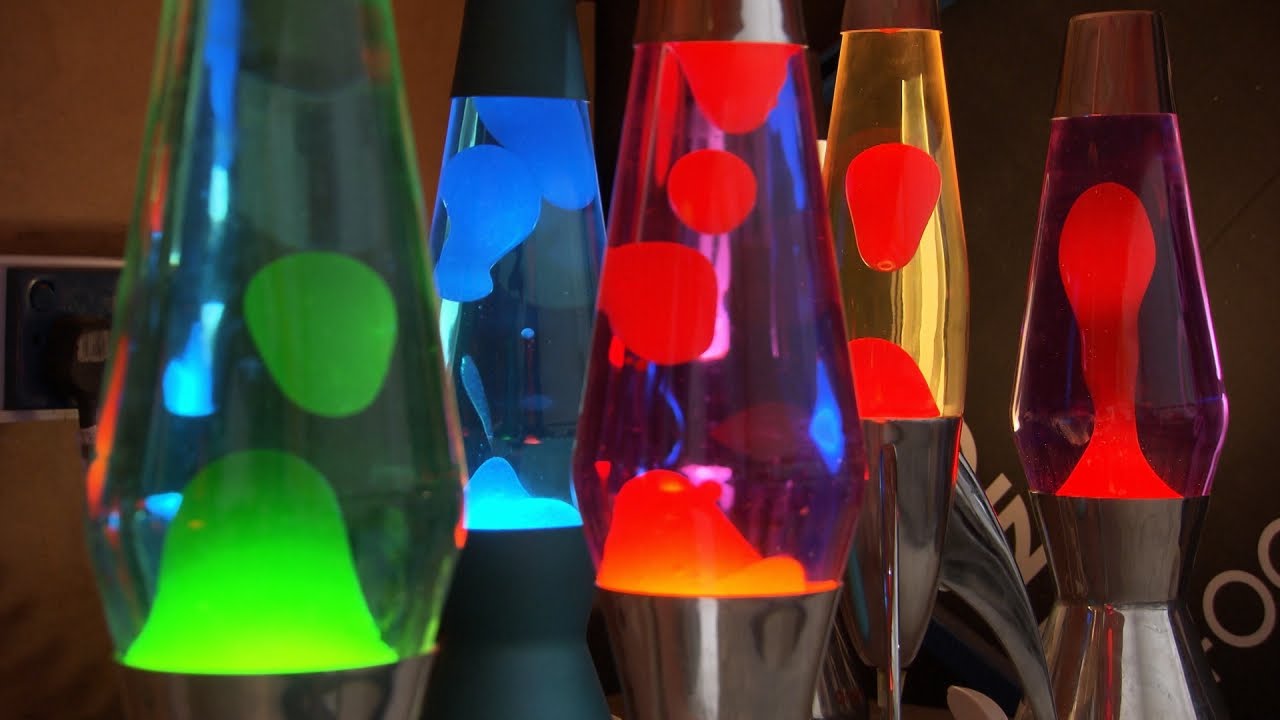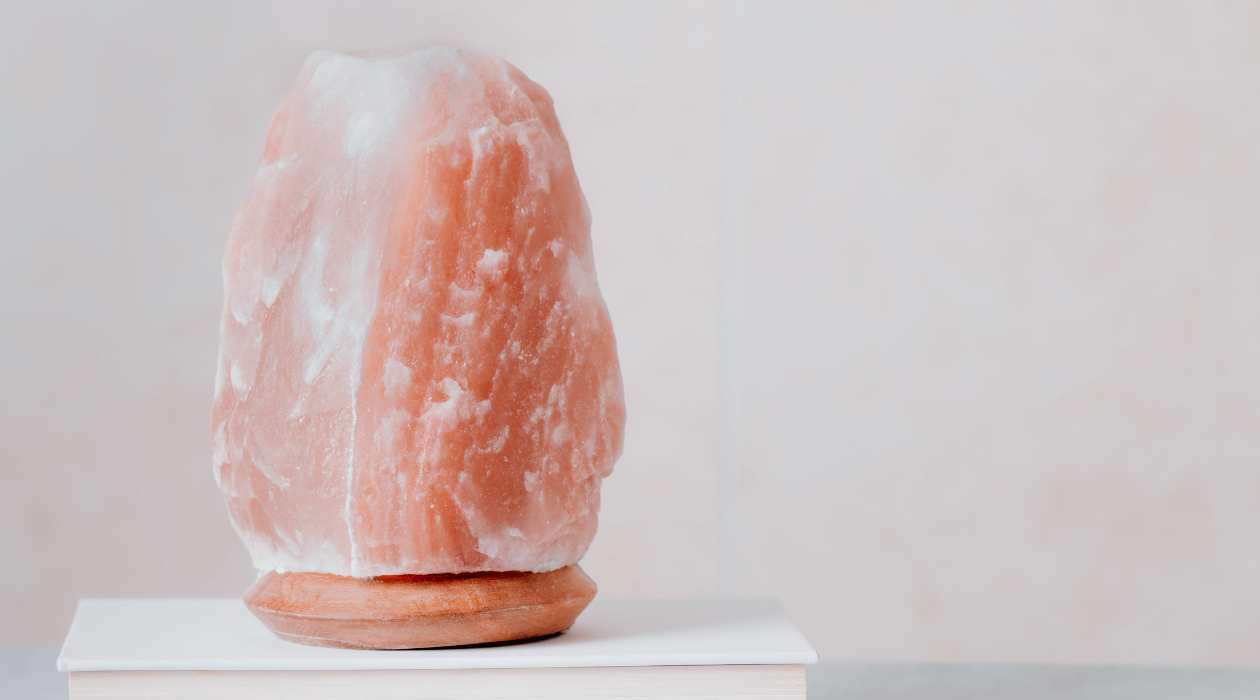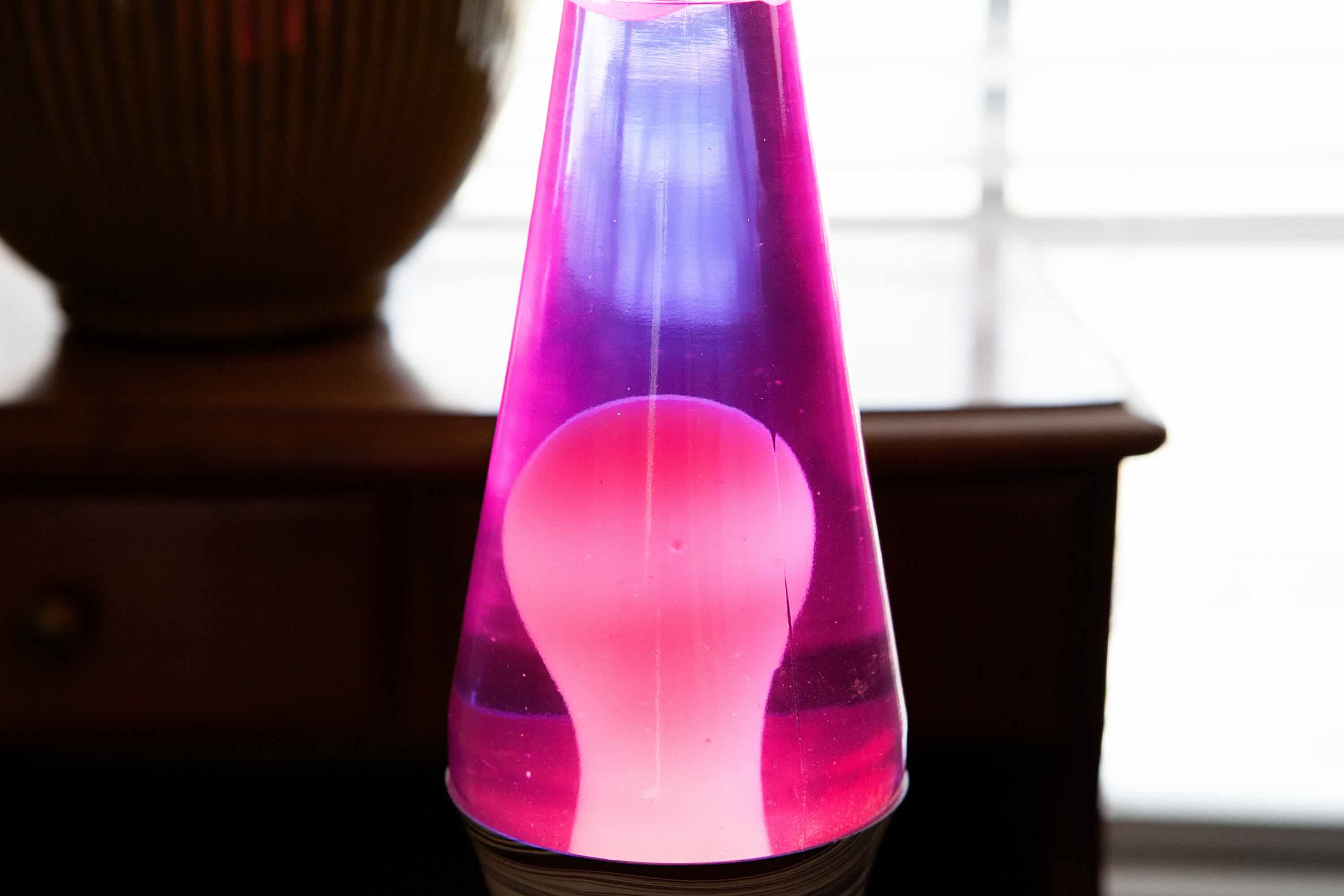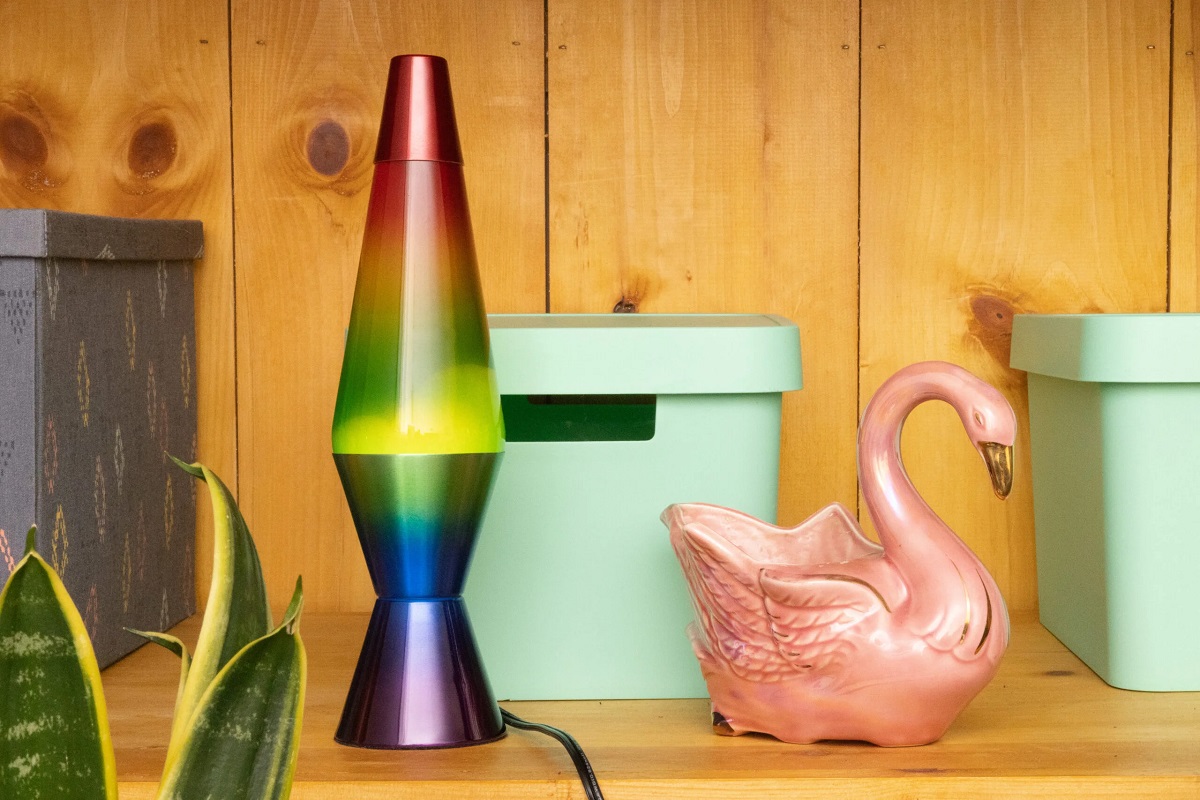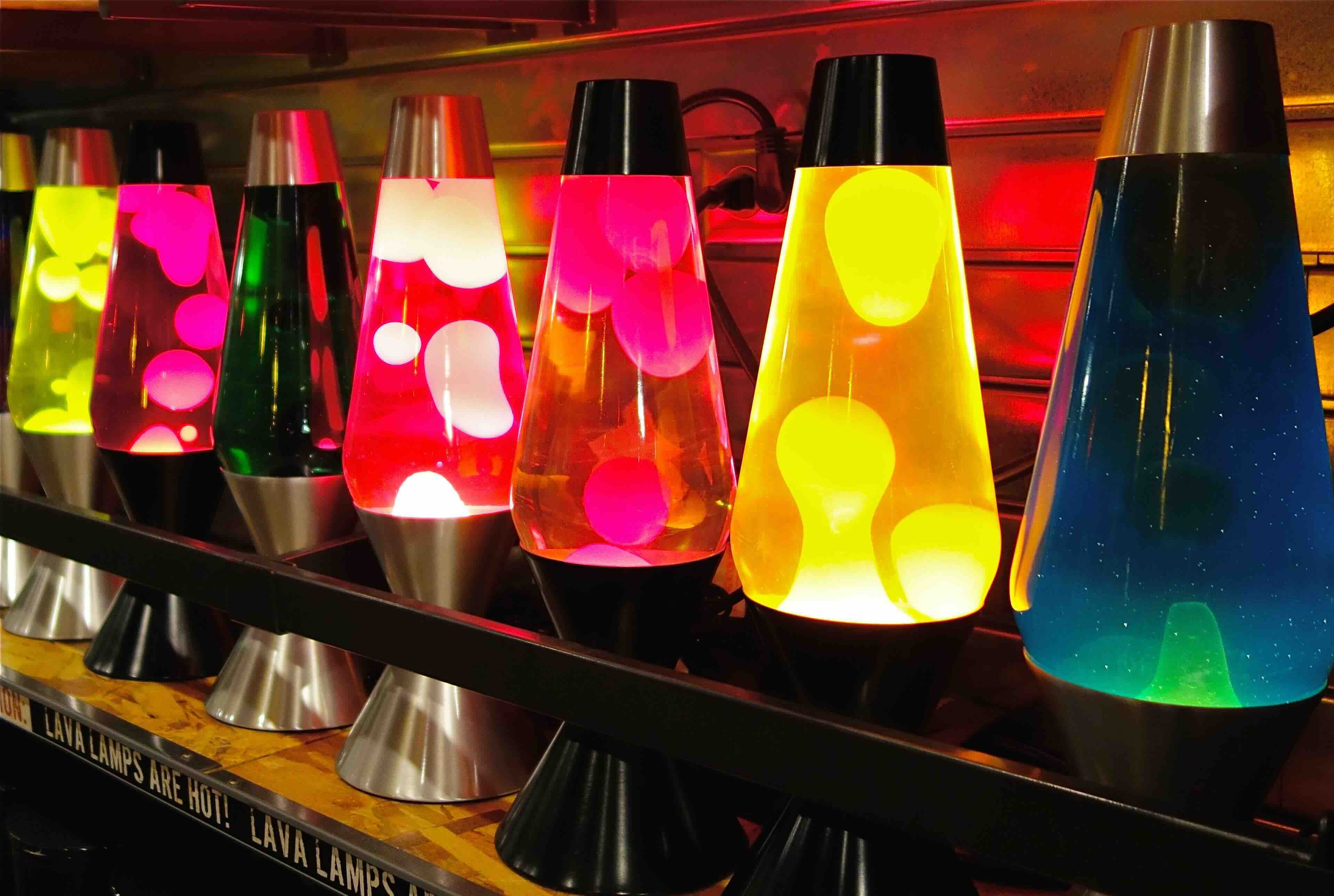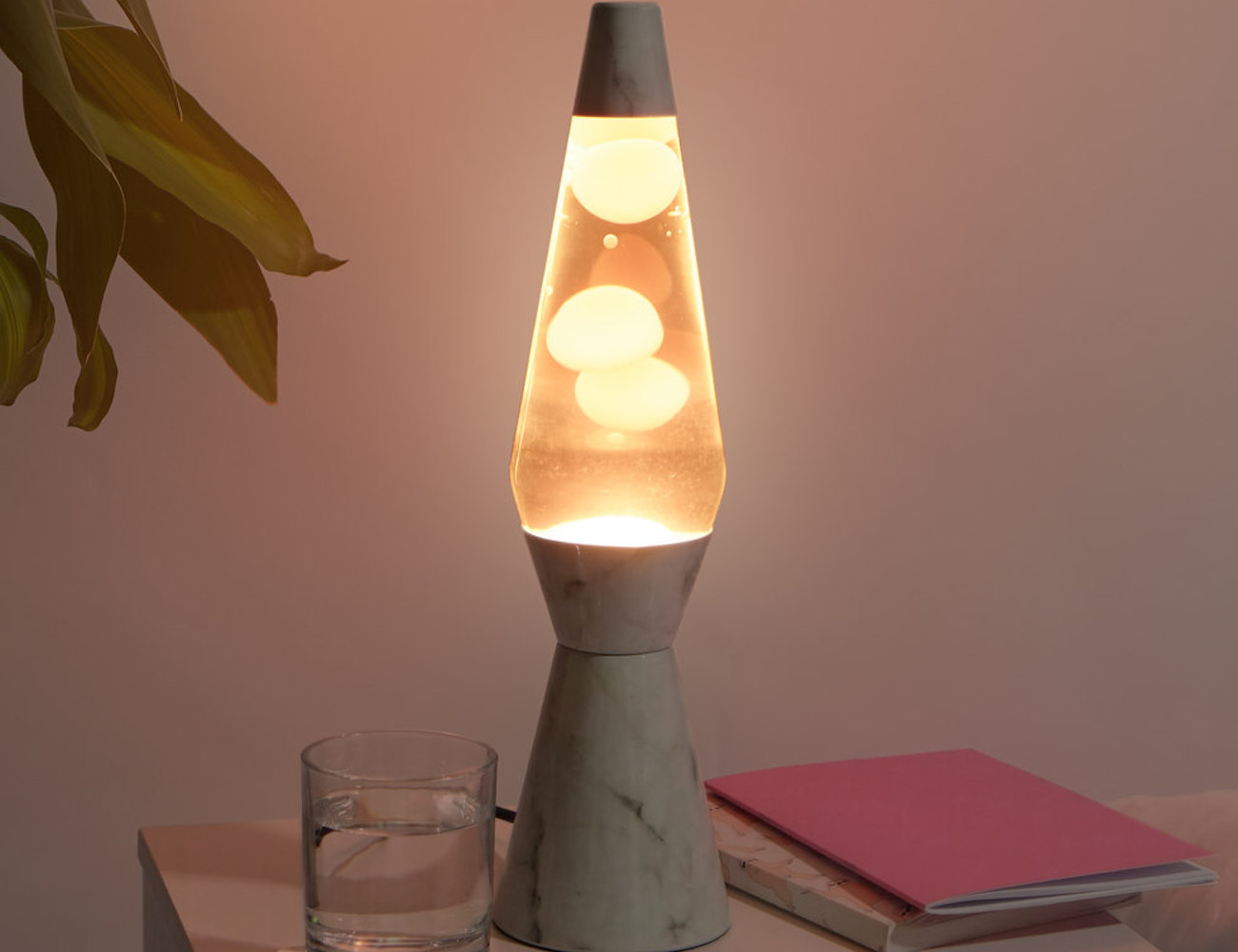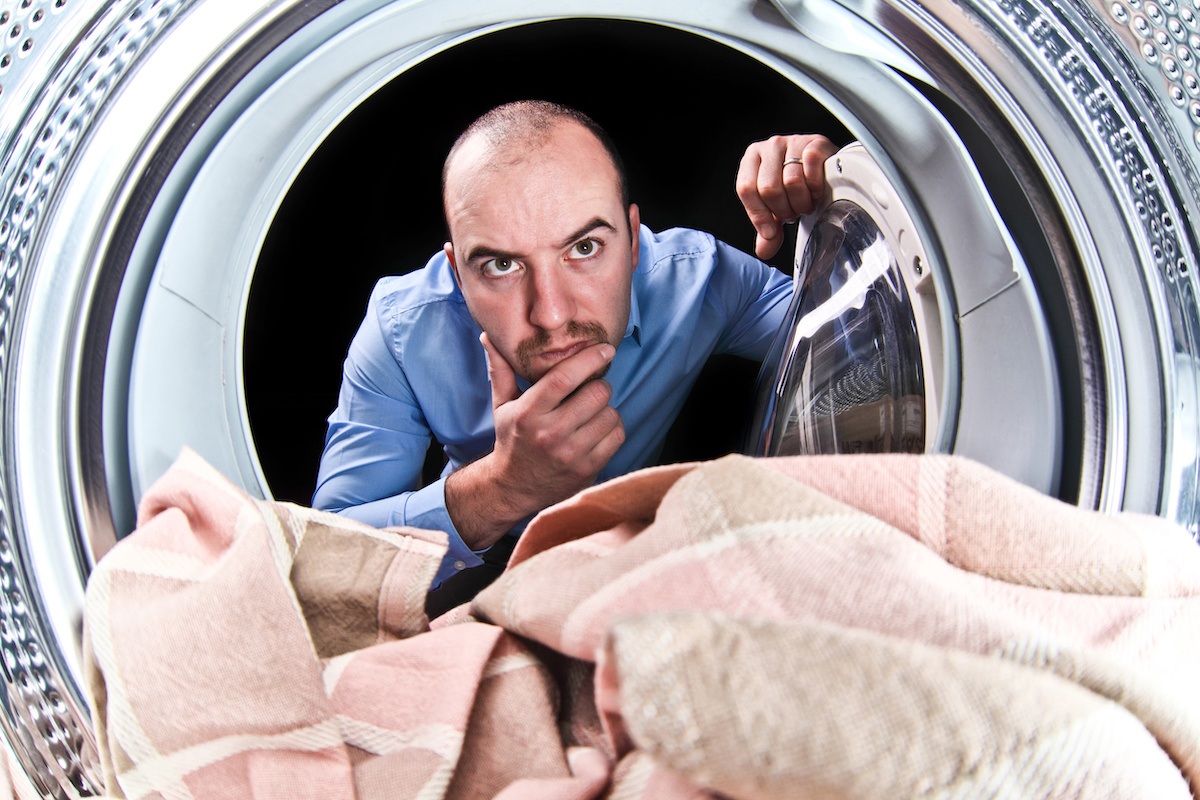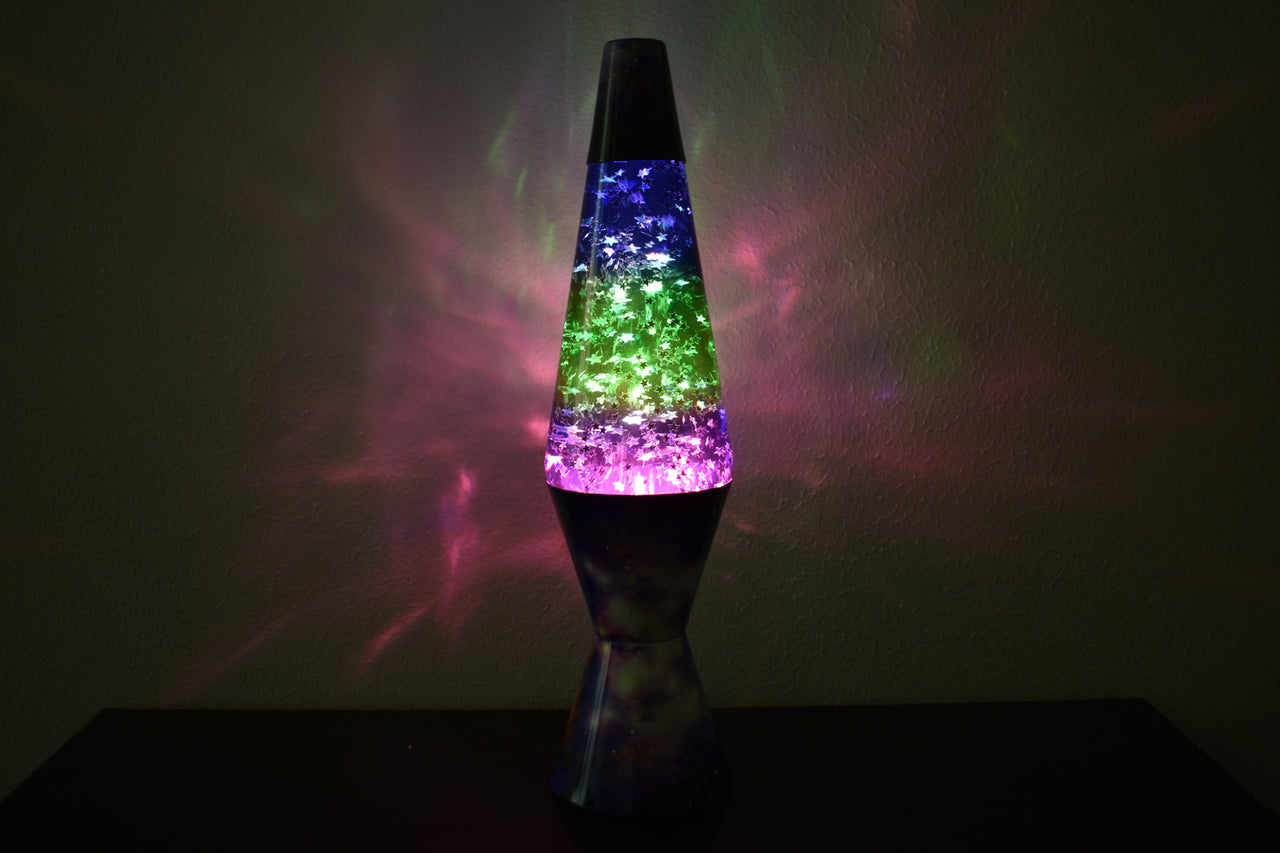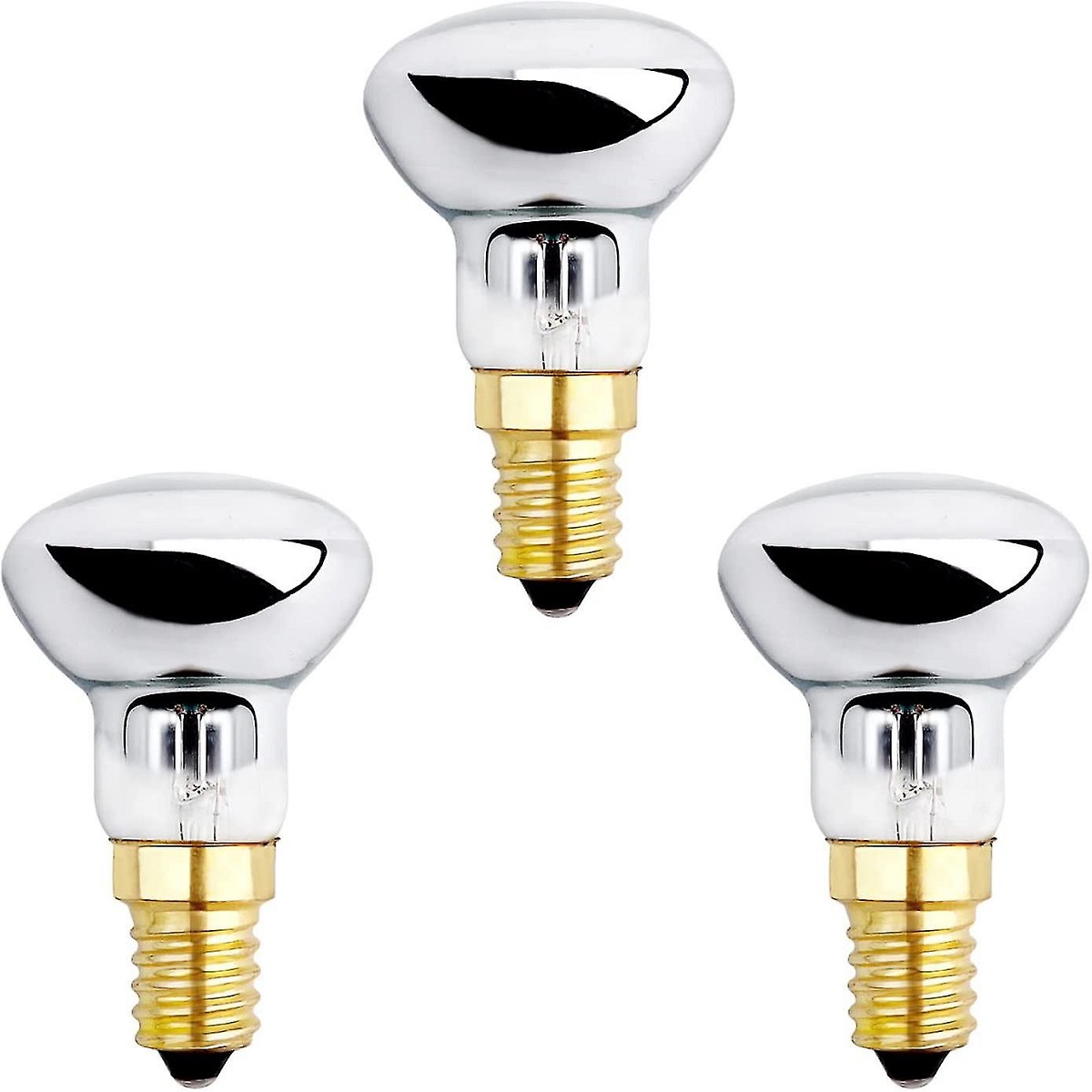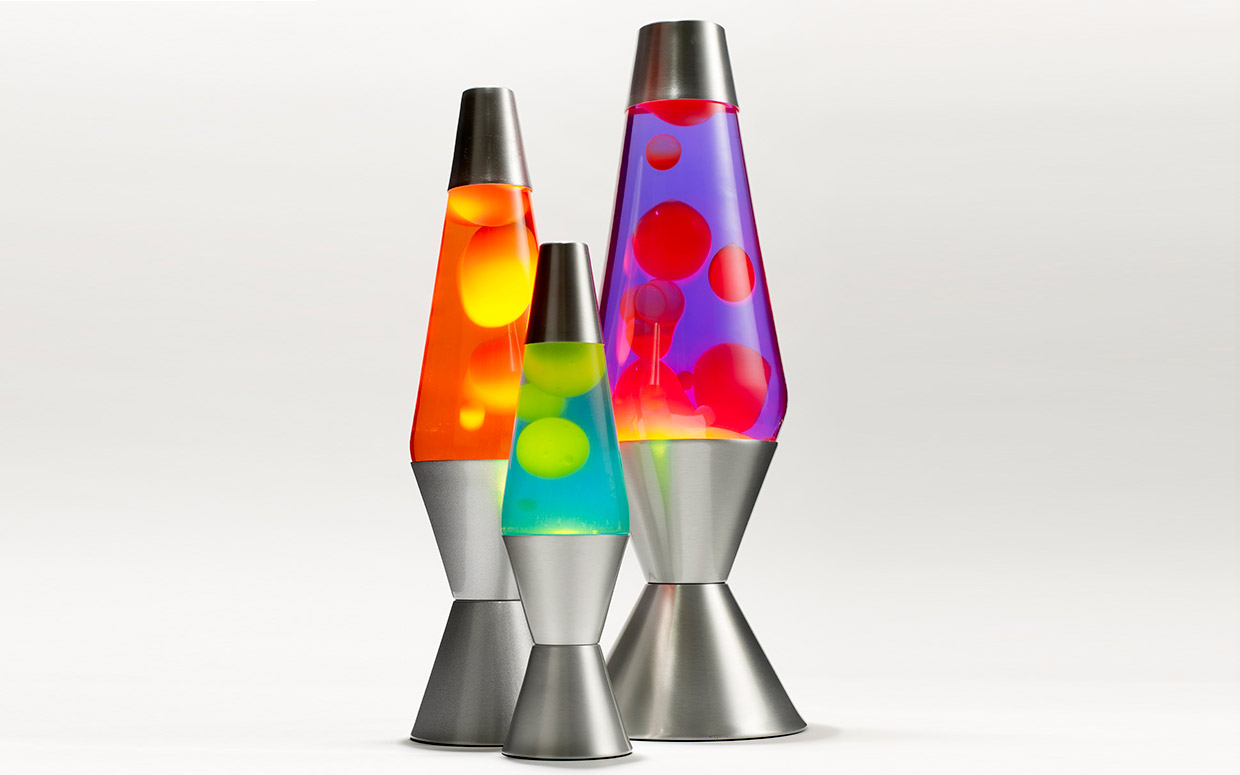

Furniture
Why Is My Lava Lamp Have A One Big Blob
Modified: May 6, 2024
Discover why your lava lamp is forming one big blob and how it can affect your furniture. Find solutions to prevent this issue and keep your furniture in top shape.
(Many of the links in this article redirect to a specific reviewed product. Your purchase of these products through affiliate links helps to generate commission for Storables.com, at no extra cost. Learn more)
Introduction
Have you ever looked at your lava lamp and noticed that instead of the mesmerizing lava flow you’re accustomed to, there’s just one big blob suspended in the liquid? If so, you’re not alone. Many lava lamp owners have experienced this puzzling phenomenon, and it can be frustrating to see your lava lamp lose its unique charm.
In this article, we will explore why your lava lamp may have formed this one big blob instead of the usual flowing blobs. We will delve into the basics of lava lamps, discuss the possible reasons for this occurrence, and provide some insights into temperature fluctuations and wax composition that could be contributing factors. Understanding these concepts will help you gain a better understanding of your lava lamp and how to maintain it properly.
So, let’s dive into the fascinating world of lava lamps and uncover why your once-flowing lava lamp has turned into a single blob.
Key Takeaways:
- Embrace the mesmerizing flow of your lava lamp by maintaining stable temperatures and using high-quality wax to prevent the formation of a single, unappealing blob.
- Show your lava lamp some love through regular maintenance, proper mixing, and careful placement to ensure a captivating display of flowing blobs for years to come.
Read more: How To Fix My Lava Lamp
Understanding the Basics of Lava Lamps
Lava lamps have been captivating and mesmerizing people since their creation in the 1960s. They consist of a glass vessel filled with a special liquid and wax combination. The liquid is typically a blend of water and a translucent oil, while the wax is made of a colored substance that floats within the liquid.
The magic happens when the lamp is turned on and the heat from the bulb beneath the glass vessel warms up the liquid and wax mixture. As the wax heats up, it becomes less dense and starts to rise to the top of the vessel. When it reaches the top, the wax cools down and begins to sink back to the bottom. This repetitive cycle creates the unique flowing motion that lava lamps are known for.
The movement of the wax can be described as blobs or globules gracefully rising and falling within the lamp. These blobs are usually smaller and separated from each other, giving the lava lamp its characteristic visual appeal.
Now that we have a basic understanding of how lava lamps work, let’s explore some of the possible reasons why your lava lamp may have formed a big blob instead of the usual flowing blobs.
Possible Reasons for the Formation of a Big Blob
When you notice that your lava lamp has formed a big blob instead of the typical flowing motion, there can be a few reasons behind this unusual occurrence. Let’s take a closer look at some possible factors:
- Temperature Fluctuations: One of the key elements in the functioning of a lava lamp is maintaining a consistent temperature. If the lamp is exposed to extreme temperature changes, such as being placed in direct sunlight or near a drafty area, it can disrupt the normal flow of the wax. Rapid temperature changes may cause the wax to solidify into a larger mass instead of forming separate blobs.
- Wax Composition: The composition of the wax used in the lava lamp can also play a role in the formation of a big blob. Sometimes, if the wax mixture is not balanced correctly or if the wax particles are not evenly distributed, it can cause the wax to clump together and form a single blob. Additionally, using low-quality or expired wax can result in larger blobs that do not flow as intended.
- Lack of Proper Mixing: Another factor that can contribute to the formation of a big blob is the lack of proper mixing when the lamp is first turned on. If the lamp has been sitting idle for an extended period of time, the wax and liquid may separate, causing the wax to gather at the top and form a larger mass. To avoid this, make sure to gently swirl the lamp when turning it on to ensure proper mixing of the ingredients.
- Overheating: In some cases, overheating the lamp can lead to the formation of a big blob. Excessive heat can cause the wax to melt at a higher temperature and lose its flowing properties. This can result in the wax staying clumped together instead of separating into distinct blobs.
It’s important to note that these factors may not always be the sole reason for the formation of a big blob. There can be other underlying issues as well. Nevertheless, understanding these possible causes will help you troubleshoot and address the problem more effectively.
Temperature Fluctuations and Its Impact on Lava Lamp’s Blob
One of the significant factors that can contribute to the formation of a big blob in a lava lamp is temperature fluctuations. Lava lamps work by utilizing the heat from a bulb to warm up the liquid and wax mixture, creating the mesmerizing flow of blobs. However, when the temperature becomes inconsistent, it can disrupt the normal flow and result in the formation of a single blob.
Exposure to extreme temperature changes can adversely affect the performance of a lava lamp. For instance, placing the lamp in direct sunlight or in an area with significant temperature variations, such as near a window or an air conditioning unit, can cause the wax to solidify into a larger mass. The sudden temperature shifts can hinder the wax’s ability to properly rise and fall within the lamp, leading to the formation of a big blob.
Additionally, drafts or strong air currents can have a similar impact. If the lamp is positioned in an area with a draft, such as near an open window or fan, the air movement can disrupt the natural flow of the wax. The cool air from the draft may cause the wax to cool down more quickly than intended, resulting in a larger, less fluid mass.
To prevent temperature fluctuations from affecting your lava lamp, it is crucial to consider its placement carefully. Ideally, you should place the lamp in a location away from direct sunlight, drafts, and temperature variances. Choosing a spot where the lamp can maintain a stable temperature will help ensure the proper flow and movement of the wax blobs.
If you notice that your lava lamp has formed a big blob due to temperature fluctuations, it’s recommended to turn off the lamp and allow it to cool down completely. Once it has reached room temperature, gently shake or swirl the lamp to encourage the wax to separate into smaller individual blobs. This can help restore the lamp to its original flowing state.
By being mindful of temperature fluctuations and their impact on your lava lamp, you can enjoy the mesmerizing and captivating movement of the wax blobs without the formation of a single, large blob.
If your lava lamp has one big blob instead of flowing lava, it may be due to the lamp being too hot or too cold. Try adjusting the temperature to see if it helps the lava flow more evenly.
Wax Composition and Blob Formation
The composition of the wax used in a lava lamp can play a crucial role in determining whether it forms a big blob or maintains the desired flowing motion of smaller individual blobs. The wax used in lava lamps is designed to have specific properties that allow it to properly flow and create the captivating visual effect.
One possible reason for the formation of a big blob is an imbalance in the wax composition. When the wax mixture is not properly balanced, it can result in the wax clumping together instead of separating into smaller, individual blobs. This imbalance can occur if the wax particles are not evenly distributed throughout the liquid. It’s important to ensure that the wax is thoroughly mixed before using the lamp to promote proper flow.
Another factor that can affect the wax composition is the quality of the wax itself. Using low-quality or expired wax may lead to larger, less fluid blobs. Over time, the wax may lose its ability to flow properly, resulting in the formation of a big blob that does not move as intended. It is recommended to use high-quality wax that is specifically designed for lava lamps to maintain optimal performance.
The color of the wax can also impact the formation of the blobs. Some colors may have different properties or compositions that affect their behavior within the lamp. For example, certain pigments or dyes used to color the wax may contribute to clumping or poor flow. It’s essential to choose wax colors that are suitable for lava lamps and have been tested for optimal flow and movement.
If you find that your lava lamp is consistently forming a big blob, it may be worth considering the type of wax you are using. Experimenting with different wax compositions or purchasing wax specifically made for lava lamps can help improve the flowing motion and prevent the formation of a single, larger blob.
Remember, maintaining the proper wax composition is crucial for ensuring the optimum performance and visual appeal of your lava lamp. When the wax is well-balanced and of high-quality, it enhances the overall experience and creates the mesmerizing flow of smaller, separate blobs.
Read more: How To Clean A Lava Lamp
Importance of Proper Maintenance and Care
To ensure that your lava lamp continues to provide you with its mesmerizing display of flowing blobs and to prevent the formation of a big blob, it is essential to practice proper maintenance and care. Taking care of your lava lamp not only prolongs its lifespan but also ensures that it functions optimally. Here are some key reasons why proper maintenance is crucial:
- Prolonging the Life of the Lamp: Regular maintenance and care can help extend the life of your lava lamp. Cleaning the glass vessel, replacing the bulb when necessary, and avoiding excessive heat can prevent damage and ensure that the lamp remains in good working condition for years to come.
- Maintaining Optimal Functionality: By practicing proper maintenance, you can ensure that your lava lamp functions as it should. This includes checking the power cord for any damage, ensuring that the socket is secure, and monitoring the lamp’s temperature. Any issues that arise can be addressed promptly to prevent disruptions in the flow of the wax.
- Preventing Accumulation of Dust and Residue: Over time, lava lamps can collect dust and debris, which can hinder the proper flow of the wax. Regularly cleaning the lamp, both on the inside and outside, helps prevent the build-up of dust and residue that can affect its performance.
- Avoiding Exposure to Extreme Conditions: Proper care involves placing your lava lamp in an ideal location, away from direct sunlight, drafts, and temperature fluctuations. This prevents the wax from solidifying into a big blob due to sudden changes in temperature and preserves its flowing motion.
- Regular Wax Replacement: It is recommended to replace the wax in your lava lamp after approximately 2000 hours of use or when the wax becomes cloudy or discolored. This ensures that the wax maintains its optimal flow and prevents the formation of large blobs.
Remember to consult the manufacturer’s instructions and guidelines for specific care recommendations tailored to your lava lamp model. Following these instructions will help you maintain the lamp’s functionality and visual appeal.
Proper care and maintenance are vital for keeping your lava lamp in top condition and preventing the formation of a big blob. By investing a little time and effort, you can continue to enjoy the captivating display of flowing blobs and prolong the life of your lava lamp.
Troubleshooting Common Issues with Lava Lamps
While lava lamps are generally reliable and provide captivating displays, there are some common issues that may arise. Understanding these issues and knowing how to troubleshoot them can help you maintain the optimal performance of your lava lamp. Here are some common problems and their solutions:
- Lamp Not Flowing: If your lava lamp is not flowing at all, there may be a few reasons for this. First, check if the lamp is warm to the touch. If it’s not warm, ensure that the bulb is properly fitted and functioning. If the bulb is working but the lamp remains cold, there may be an issue with the power supply or wiring. Consider checking the power cord and socket for any damage or connectivity issues.
- Blobs Sticking to the Glass: Sometimes, the blobs in a lava lamp may stick to the glass vessel instead of freely moving within the liquid. This can occur if the lamp has been placed in a location with extreme temperature changes or if the lamp is overheating. To resolve this issue, turn off the lamp and allow it to cool down completely. Gently shake or swirl the lamp to encourage the wax to detach from the glass and resume its proper flow.
- Cloudy Wax: Over time, the wax in a lava lamp may become cloudy or discolored, affecting the visual appeal of the lamp. This can happen due to excessive heating or the accumulation of dust and debris. To address this issue, consider replacing the wax in your lava lamp as instructed by the manufacturer. Follow proper cleaning and maintenance techniques to avoid dust build-up and maintain the clarity of the wax.
- Uneven Flow of Blobs: If you notice that the flow of the blobs in your lava lamp is uneven, with some blobs rising faster than others or some not moving at all, it could indicate an issue with the wax composition or temperature. Try gently swirling the lamp when it is turned on to promote better mixing of the wax. Ensure that the lamp is placed in an area with consistent temperature to facilitate even flow.
- Dim or Flickering Light: Dim or flickering light from the lamp can be an indication of a faulty bulb or a loose connection. Check if the bulb is securely fitted and functional. If the issue persists, consider replacing the bulb with a new one of the appropriate wattage as recommended by the manufacturer.
If the above troubleshooting techniques do not resolve the issue with your lava lamp, it may be helpful to consult the manufacturer’s instructions or seek professional assistance. Remember, proper care and maintenance are essential to ensure the long-lasting functionality and enjoyment of your lava lamp.
Conclusion
Lava lamps have a unique and captivating appeal that brings a touch of nostalgia and relaxation to any space. However, occasionally, you may encounter issues such as the formation of a big blob instead of the usual flowing motion. Understanding the basics of lava lamps, as well as the factors that contribute to this occurrence, is crucial in troubleshooting and maintaining the optimal performance of your lava lamp.
Temperature fluctuations can disrupt the natural flow of the wax and lead to the formation of a big blob. By avoiding extreme temperature changes and placing your lava lamp in a stable environment, you can ensure the proper flow of the wax and prevent the formation of a single mass.
Wax composition also plays a significant role in the function of a lava lamp. Imbalanced wax mixture or low-quality wax can result in clumping and the formation of a big blob. It is recommended to use high-quality wax specifically designed for lava lamps and to properly mix the wax before using the lamp to promote optimal flow.
Proper maintenance and care are essential for preserving the longevity and performance of your lava lamp. Regularly cleaning the lamp, checking for any damage, and replacing the wax when necessary are important steps in ensuring the proper function and visual appeal of your lava lamp. By practicing these maintenance techniques, you can prevent issues and maintain the flowing motion of the wax.
Remember, troubleshooting common issues such as a lamp that is not flowing, blobs sticking to the glass, cloudy wax, uneven flow, or dim light can often be resolved through simple solutions such as turning off the lamp, allowing it to cool down, and gently shaking or swirling the lamp. If the issue persists, consult the manufacturer’s instructions or seek professional assistance.
By understanding the intricacies of lava lamps and taking the necessary steps to address issues, you can continue to enjoy the mesmerizing display of flowing blobs and enhance the ambiance of your living space. Take care of your lava lamp, and it will continue to delight you with its enchanting motion for years to come.
If you're intrigued by the quirky behavior of your lava lamp, consider experimenting with some of the most exciting models set to hit the market next year. Our detailed review offers insights into designs that might just suit your home’s ambiance. Curious about which new lava lamps could brighten up your space? Dive into our article that highlights a dozen spectacular options.
Frequently Asked Questions about Why Is My Lava Lamp Have A One Big Blob
Was this page helpful?
At Storables.com, we guarantee accurate and reliable information. Our content, validated by Expert Board Contributors, is crafted following stringent Editorial Policies. We're committed to providing you with well-researched, expert-backed insights for all your informational needs.
